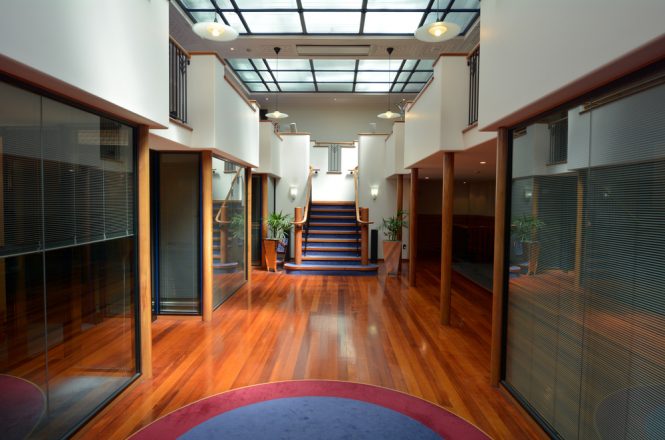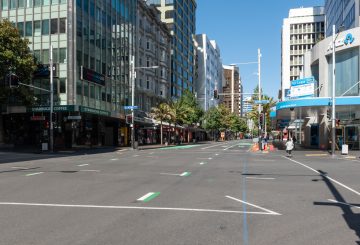スキル不足の深刻化やサプライチェーンの混乱は、企業の役員にとって頭を悩ませる重要な課題の一つです。
Institute of Directors (IoD) とASB銀行が毎年行っている調査によると、会員の60%近くが、パンデミックによる組織の業績への悪影響にまだ悩まされていることが判明しました。
取締役が最も懸念しているのは、国境が閉鎖されたことで悪化した熟練労働者の不足で、回答者の57パーセントが、国の経済パフォーマンスに対する最大の阻害要因だと感じていると答えました(昨年の調査では32パーセント)。
IoDの最高責任者であるKirsten Patterson氏は、次のように述べています。「Covid-19が様々な分野の労働力に雪だるま式に影響を及ぼしているのがわかります。」
「パンデミックによって財政難に陥った企業にとっては、労働力が不安定になり、給与への期待が高まり、必要とされる重要なスキルにギャップが生じているようです。」
また、労働者が自分の優先順位を見直し、仕事や職業を変えようとする「大量離職(great resignation)」に対処する企業もあるため、取締役会は今後数年間、主要スタッフを確保するために戦わなければならないと予想しています。
「つまり、組織は重要な人材を引きつけ、維持するために、ワークライフバランス、ポジティブな職場文化、報酬と評価などのアプローチを見直す必要があるということです。」
また、サプライチェーンの混乱、国境閉鎖の継続、ワクチンの有効性なども、取締役会のメンバーにとって顕著な問題でした。
今後1年間で景気が悪化すると考える役員の割合は12ポイント改善し、51%が悪化すると予測しました。
しかし、役員は組織の将来についてより楽観的であり、54%が組織の運勢が良くなると予想しており、1年前の50%から上昇しました。
ASBのチーフエコノミストであるNick Tuffley氏は、今年のロックダウンからの回復に伴い、2022年にかけては4%以上の経済成長が見込まれると述べています。
「信号システムの下では、ニュージーランドの組織は、2020年と2021年にCovid-19対策として用いられた極端な規制の変動が少なく、より安定した環境を期待することができます。」
また、国境規制が緩和されることで、より多くの人材が国内に流入することになるとのことです。
また、この調査では、企業は社会問題に関与すべきだという考え方が強まっていることも示されました。
回答者の半数は、自社の最高経営責任者が社会問題について発言すべきだと考え、1年前の28%から増加し、取締役会も同様にコメントすることが望ましいと考える割合もやや高くなりました。
「人々は、気候変動から役員室の多様性に至るまで、さまざまな問題に対してリーダーシップを発揮する取締役に、ますます期待を寄せています。」とPatterson氏は述べています。
「危機に直面したとき、健全な価値観を持ち、それに従って行動していれば、出資者は寛容になり、支援をしてくれることが多いということを、私たちは知っています。」





























































